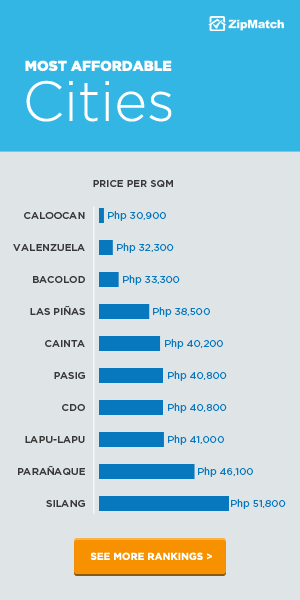Have you ever wondered what the mortgage retention insurance (MRI) is for when you are paying to your respective lending institutions, like the Home Mutual Development Fund or any commercial bank or private lending company? Sometimes, even licensed real estate professionals might have missed discussing with you this type of insurance included in your other charges. Or they might have, but you were too preoccupied figuring out the charges in your computations.
What is MRI and how does it work?
Mortgage retention insurance comes in many names, such as mortgage life insurance, mortgage life assurance, and mortgage protection options, to give just a few coined by insurance providers here and abroad. MRI is defined as decreasing-term life insurance policy taken by a mortgagor to repay the balance on a mortgage if the person dies before its full repayment. In simple terms, it is designed to protect a repayment mortgage as it will take out the previous balance or outstanding debt for payment once the borrower is deceased. The main beneficiary of this policy is the mortgage company or lending institution. MRIs are usually tied in home loan application with Philippine banks or mortgage companies.
What are the difference between an MRI and life insurances?
Both MRI and life insurances give an added protection for a client and his or her family in order to give them security if a major life event happens, like permanent disability, a terminal illness, or death. In hindsight, MRIs can cover the biggest expense left by a deceased breadwinner—the home. This makes MRI all the more important as the cost of acquiring a home has been steadily rising. After the demise of the policy-holder, the life insurance will cover mostly the family’s daily expenses, from education to everyday living cost, and this will extend to a considerable and extended time period while the surviving family is recovering.
However, an MRI has advantages and disadvantages as well. One disadvantage is that it is more expensive than average term life insurances. MRIs premiums are usually incorporated into your home loans in lump-sum payment (one-time payment paid annually) and it means you are paying finance charges as well.
It is true that life insurance could beat MRIs, for example, if your life insurance coverage is Php2 million against Php1 million on the house you bought. MRIs drastically change on a yearly basis so better to update from time to time if you already have an existing MRI.
However, if you have a Php5 million house-and-lot property and you are only covered at Php2 million with your life insurance, then definitely you will need an MRI to complement the need for more asset protection. In both ways they are both beneficial but at the same time will spell added costs as both financial products have different purposes.
I only have vacant residential lot. Do I need to get covered with MRI?
Yes, even if you only own a vacant lot, it is still necessary to get one because you are still paying the lending institution the borrowed amount of funds in your acquisition of a property.
Is MRI necessary for now?
Most of young borrowers shrug the idea of passing away early. Death understandably has a negative notion. However, an MRI will cushion the financial impact of death on your surviving family members. The outstanding balance of loan payments will be automatically given to the mortgage or lending institution and the home will be distributed to their heirs of the deceased policy-holder. There are some lending institutions that make the MRI optional, but the majority of commercial banks require their borrowers to have this type of insurance in case of sudden demise.










